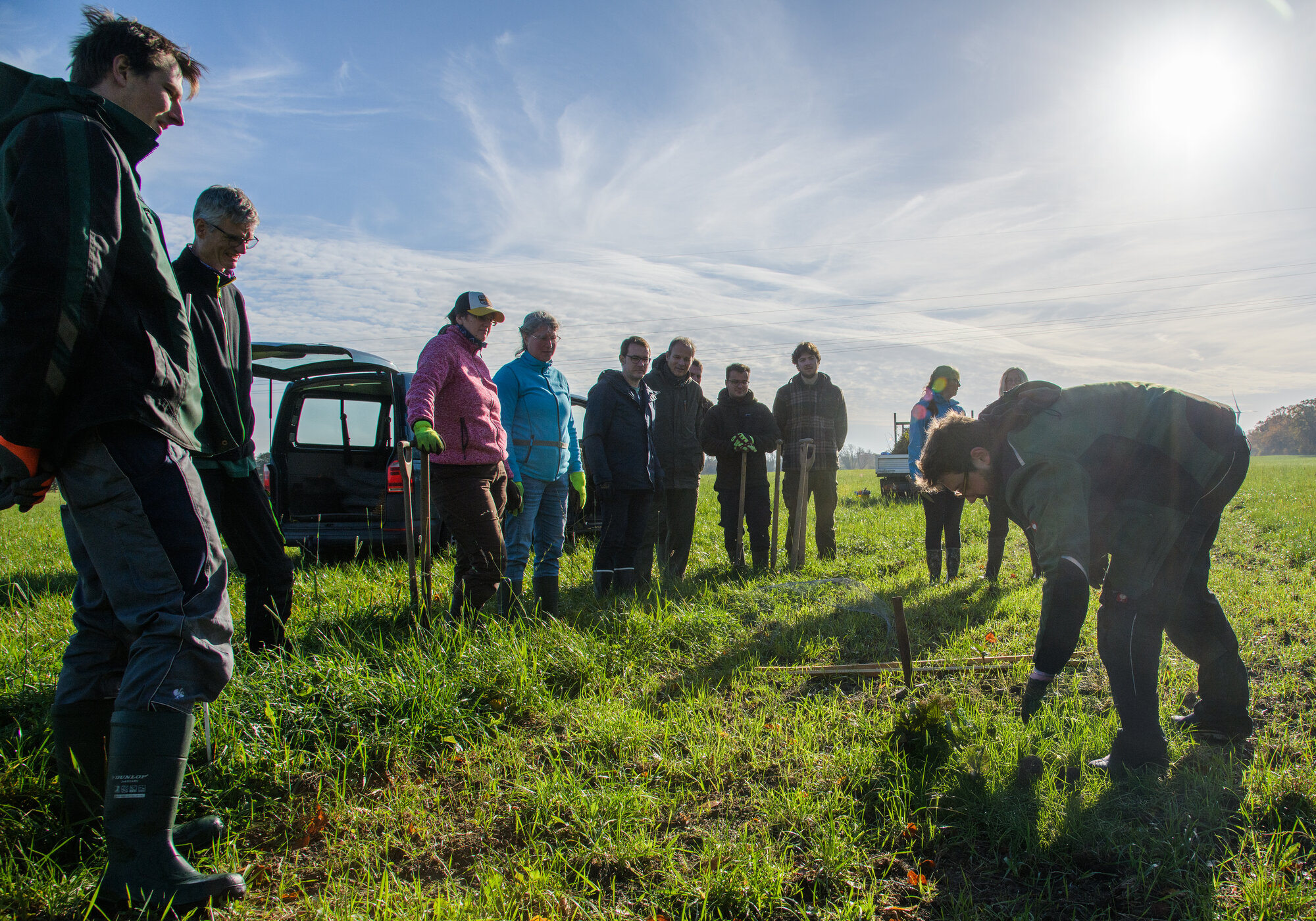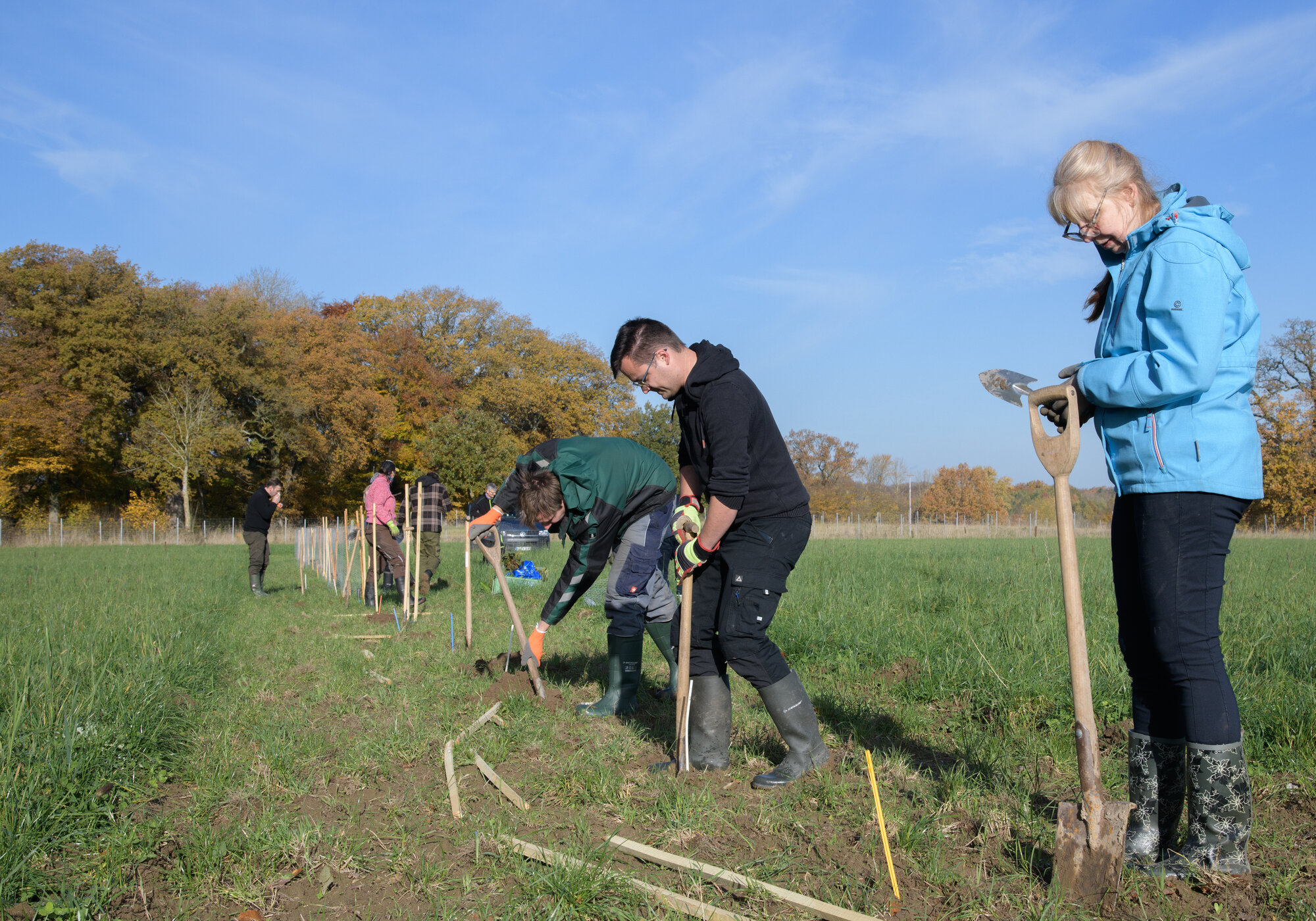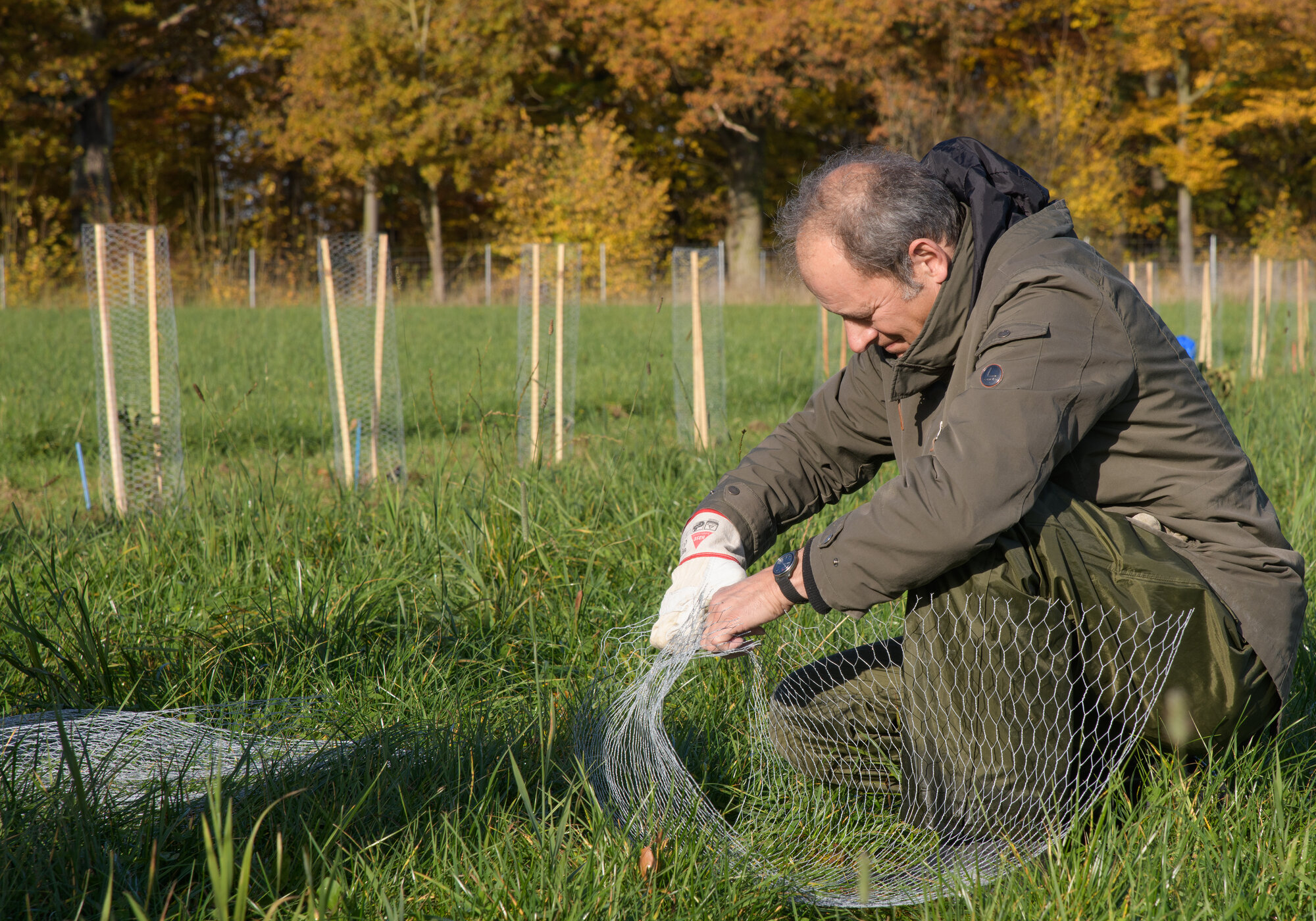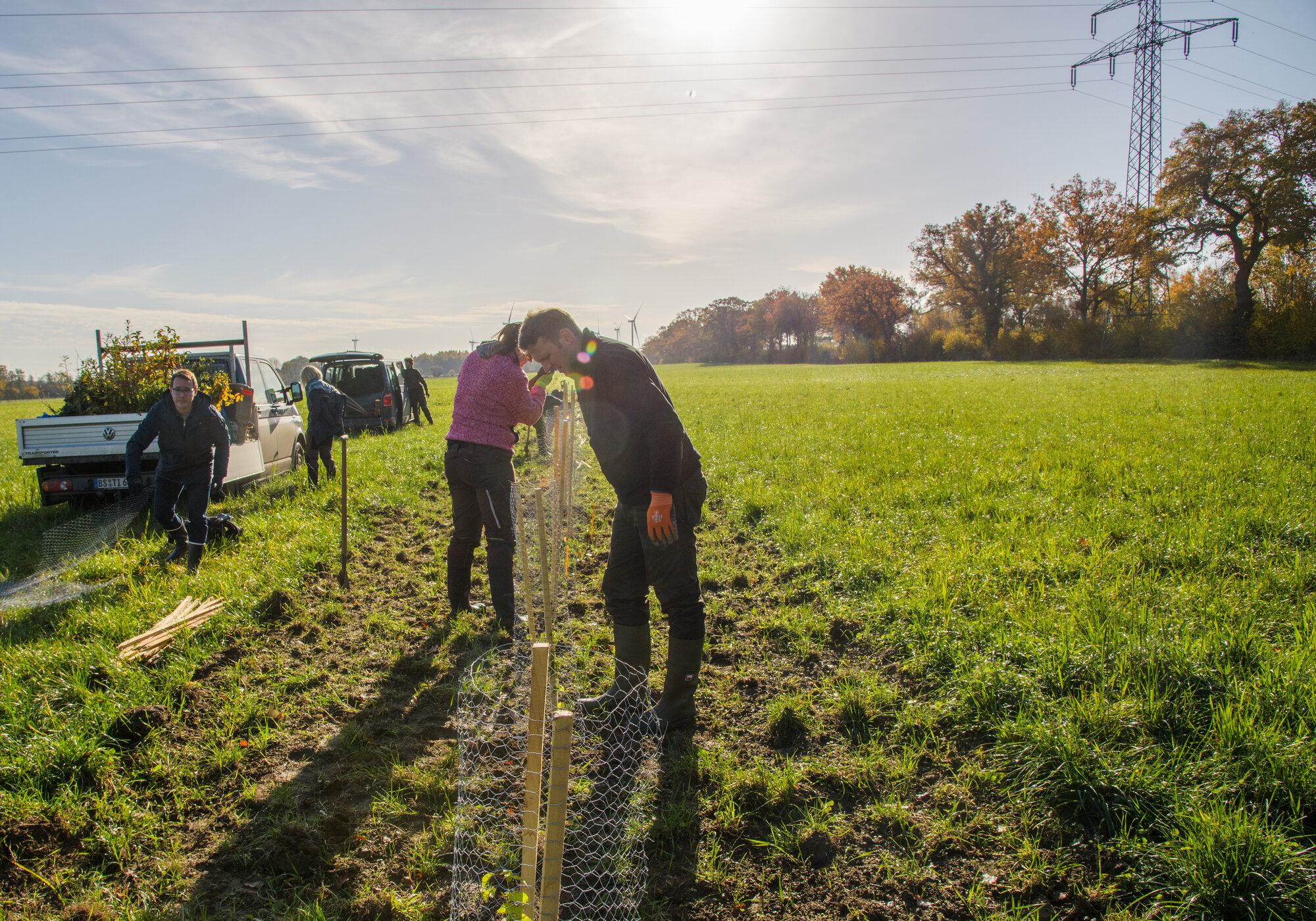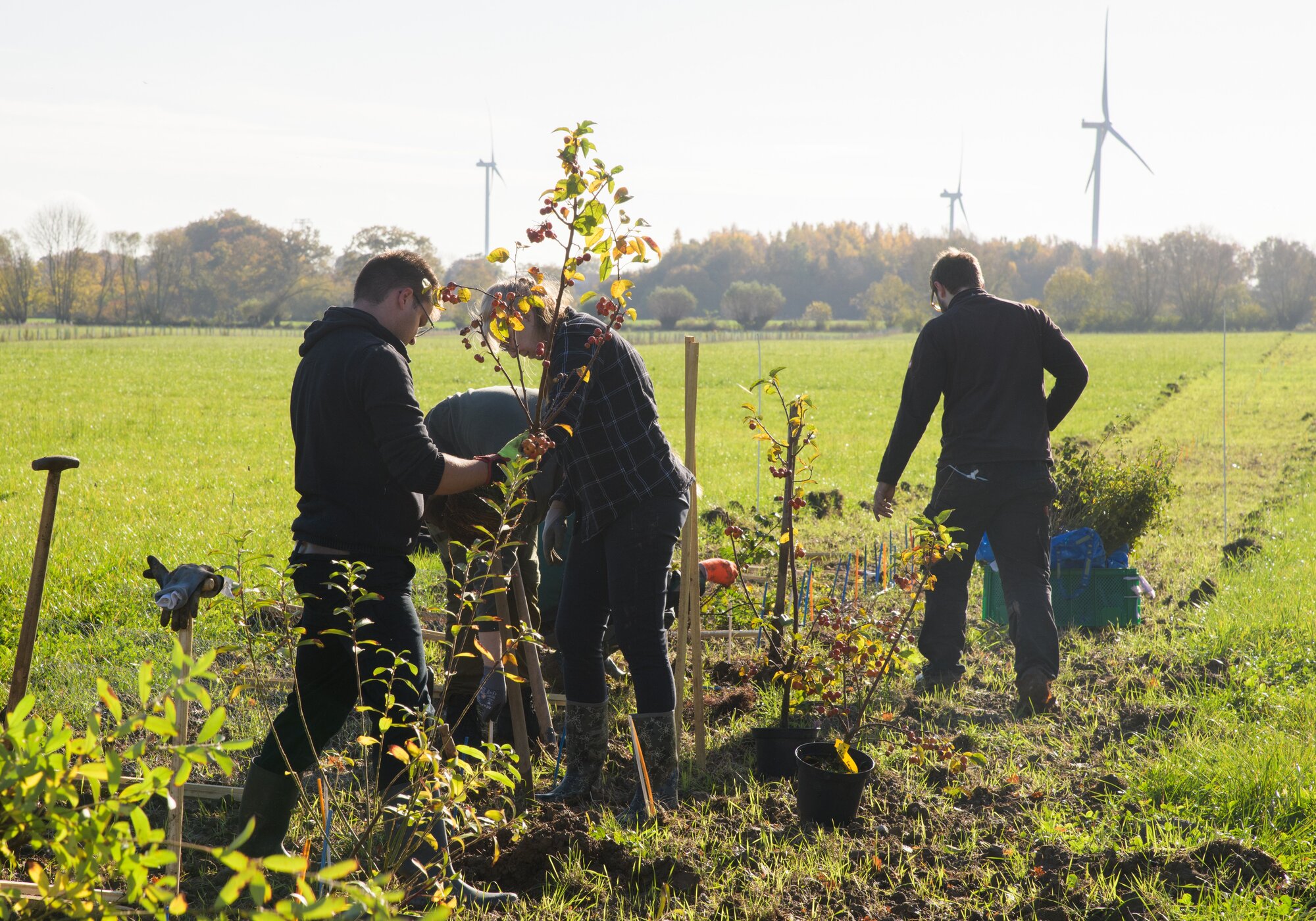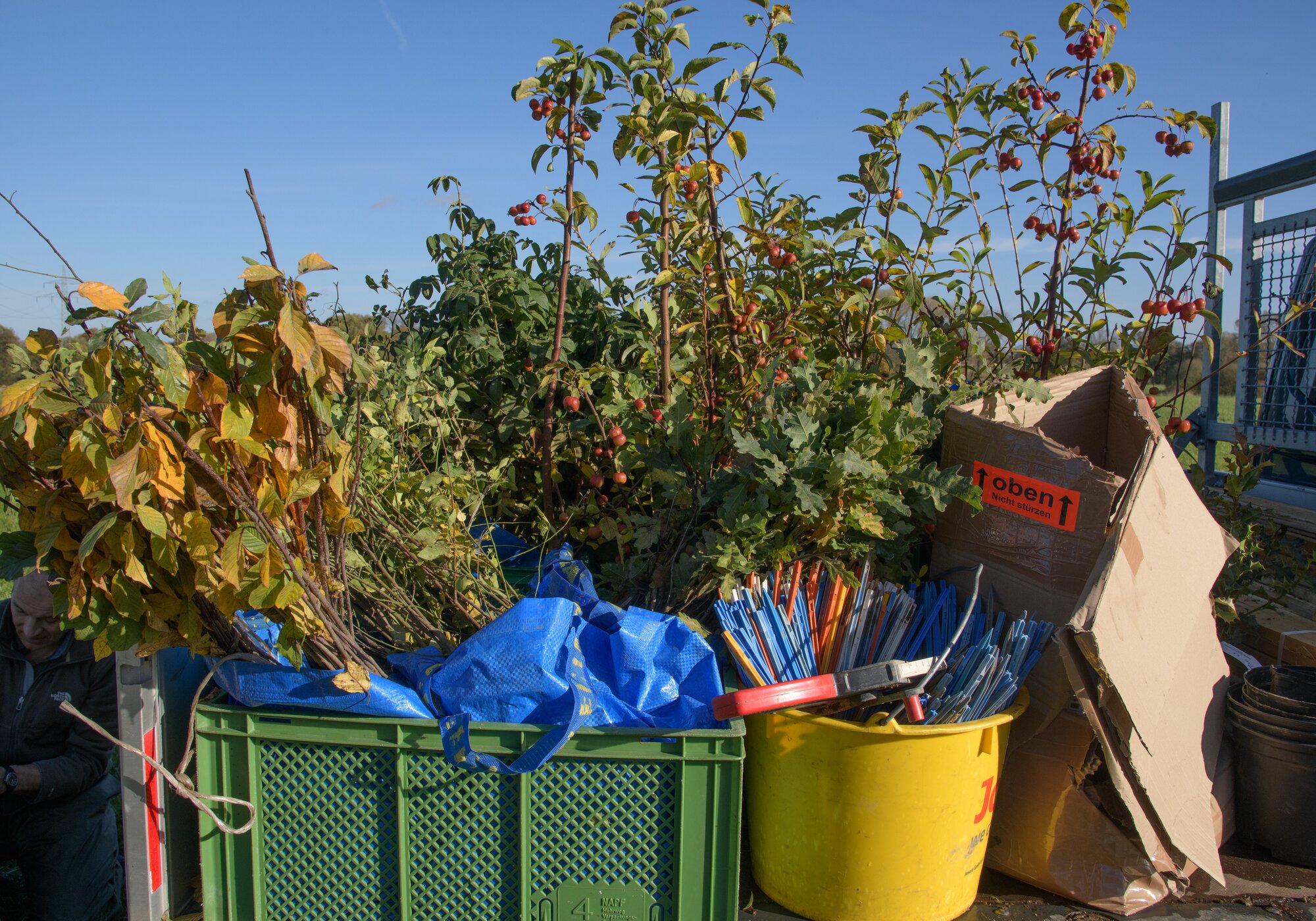In early November, researchers and volunteers planted 800 new trees and shrubs in the "Hedge World" experimental field at the EiLT Landscape Laboratory. They will form part of a diverse hedge agroforestry system and be used for research by six Thünen Institute departments.

Trenthorst has gained 800 new trees and shrubs. Researchers planted them at the beginning of November in five strips totalling 1,200 metres in length in the EiLT landscape laboratory. As a hedge agroforestry system, they grow on agricultural land and are also specifically managed themselves. Scientists will conduct interdisciplinary research on the new hedges in both the Hedge World experimental field and the CatchHedge project.
Four different types of hedges were planted, each with plant species serving a specific purpose. The floristry hedge is intended to supply flowers, fruits, branches and leaves for the floristry industry. It is home to cornelian cherry, snowball, holly, witch hazel, pink willow, crab apple and wild rose. The tannin hedge supplies plant tannins – for example, for the leather and wood preservative industries. It includes English oak, alder buckthorn and cherry plum. The two biomass hedges provide various raw materials, for example for packaging and bioplastics. The pioneer hedge consists of tree species that grow quickly and produce a lot of wood, such as aspen, silver birch and black alder. The climax hedge, on the other hand, contains tree species that grow more slowly but are more resistant: fluttering elm, small-leaved lime and field maple.
The six Thünen Institutes for Forest Genetics, Organic Farming, Wood Research, Forest Management, Market Analysis and Biodiversity will use the hedges to jointly answer interdisciplinary research questions. Among other things, they will investigate how hedges influence the soil, how yields and biodiversity develop, and what new uses and income opportunities woody plants can offer. In addition to the experimental field for research, an illustrative example is being created for farmers who want to implement hedge agroforestry systems on their farms.
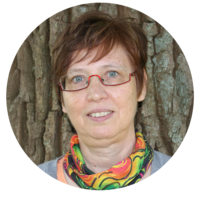
Contact:
Dr. Hilke Schröder
Thünen Institute of Forest Genetics
Sieker Landstraße 2
22927 Großhansdorf
Telefon: +49 4102 696 148
E-Mail: hilke.schroeder@thuenen.de
